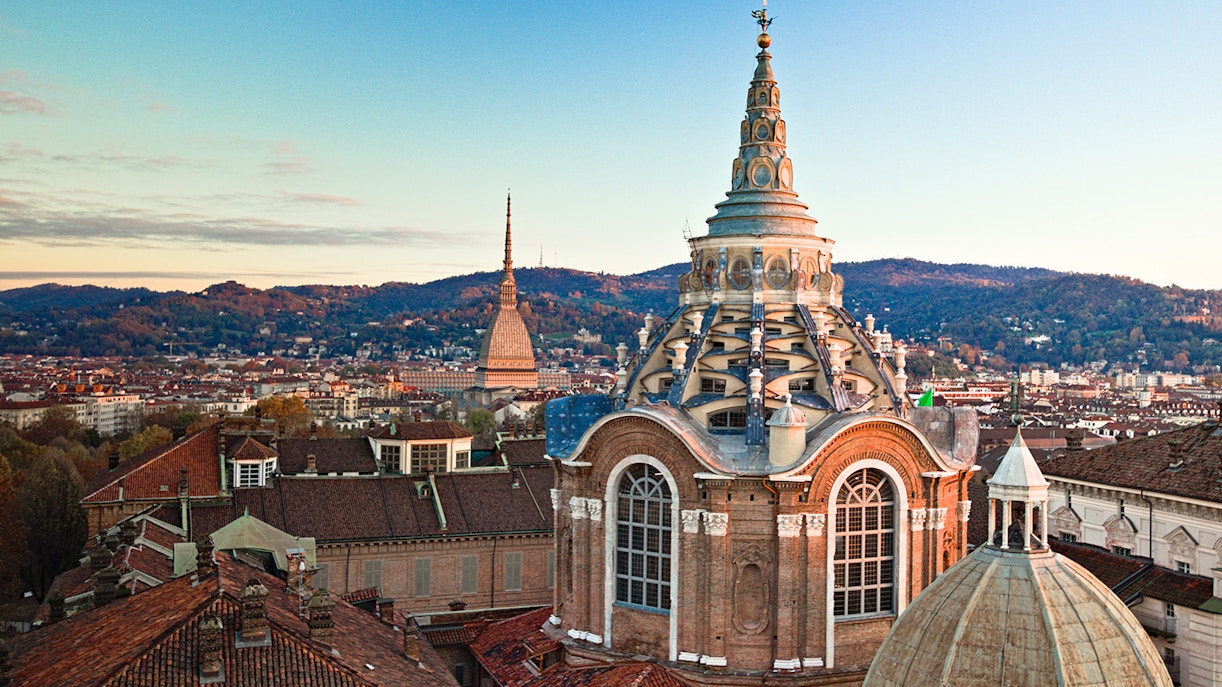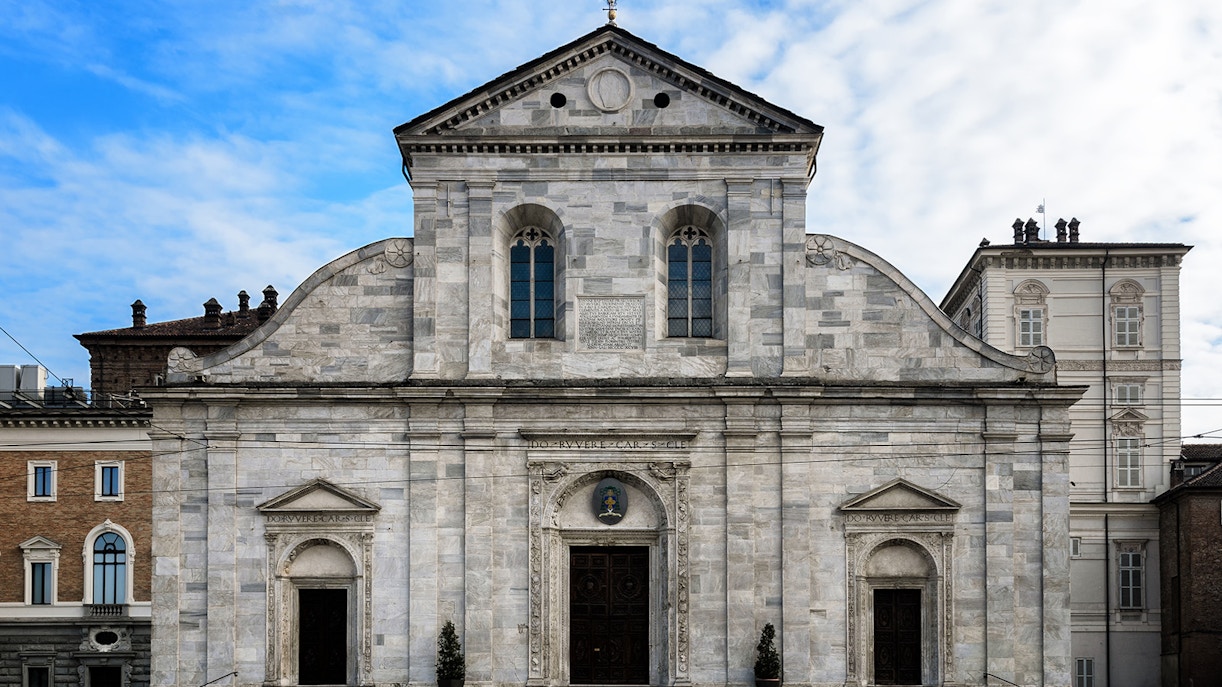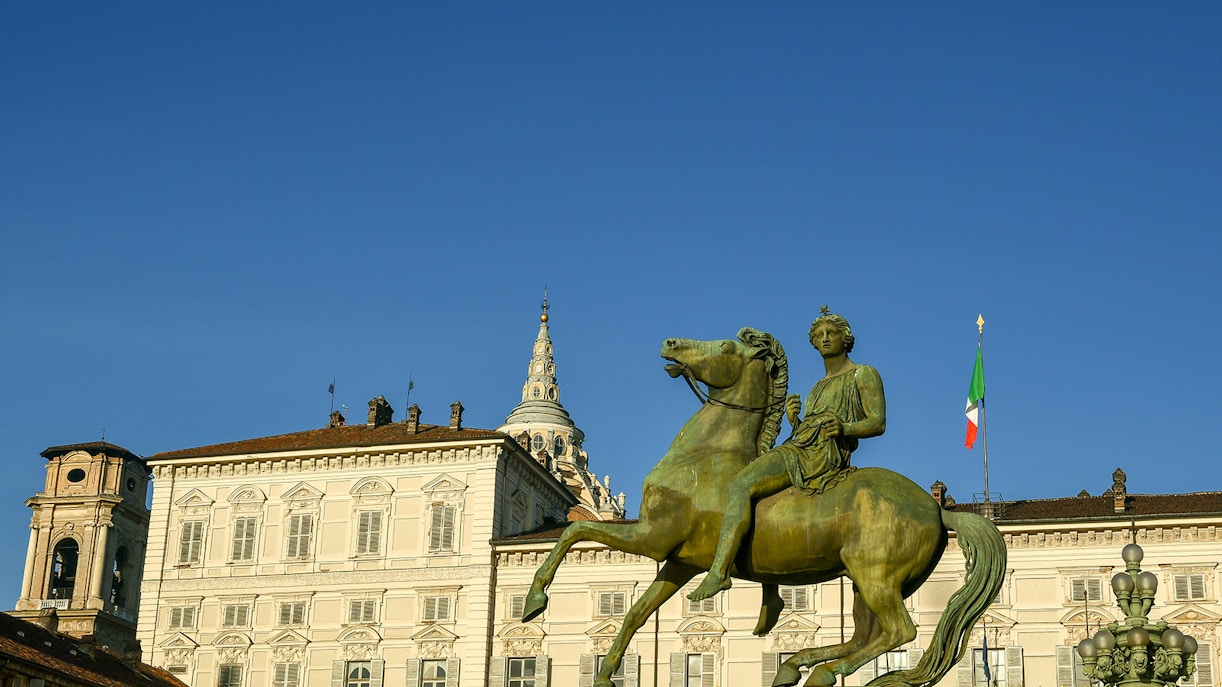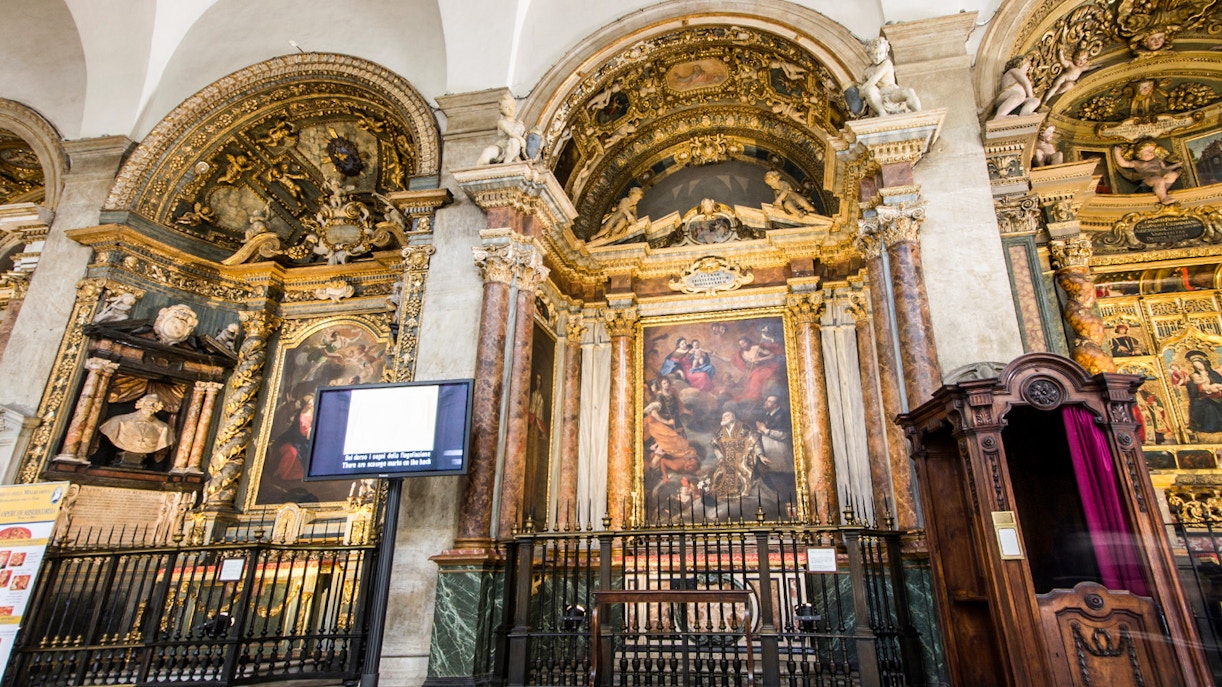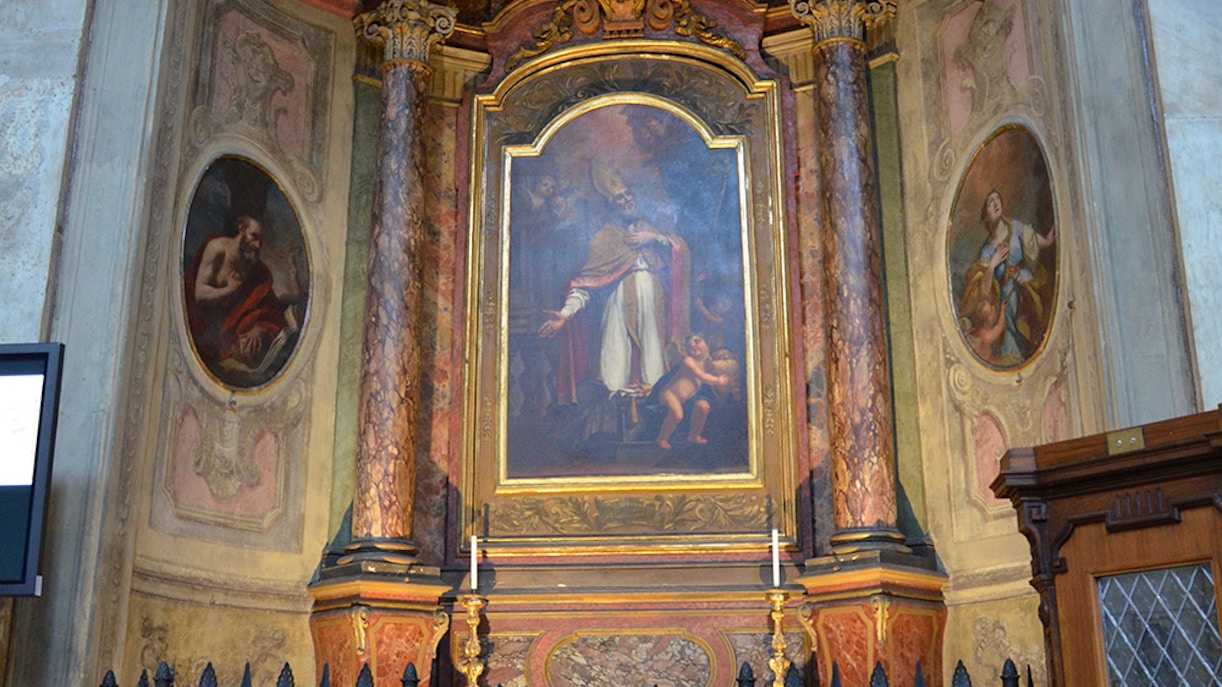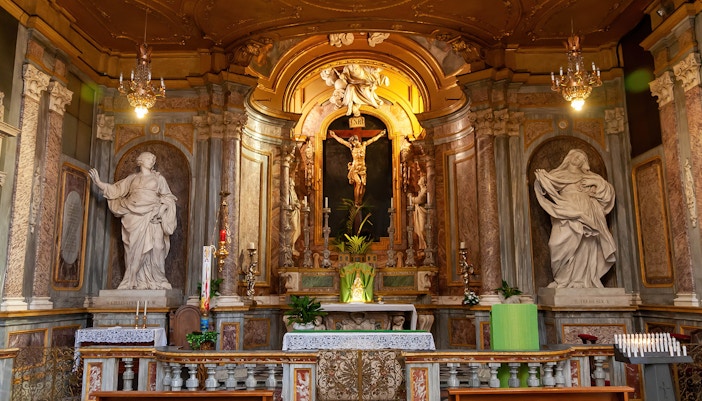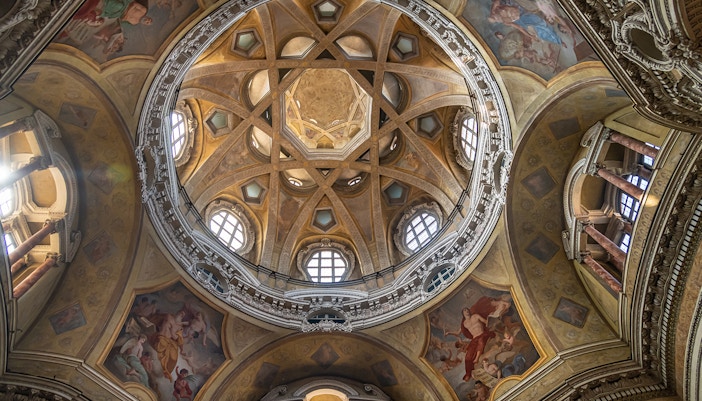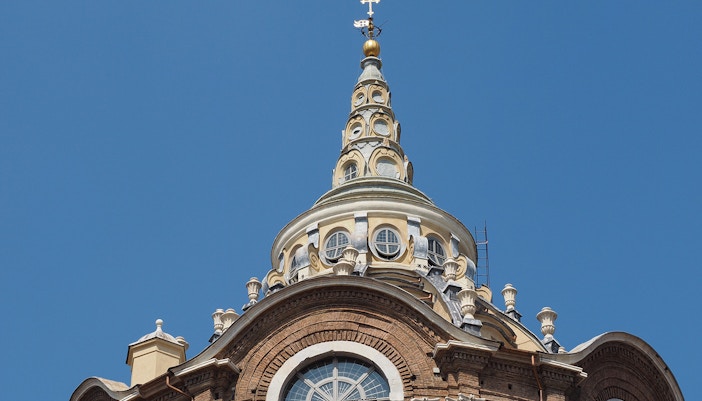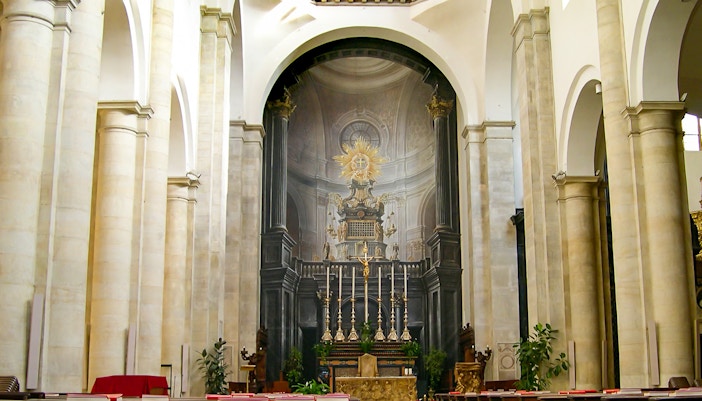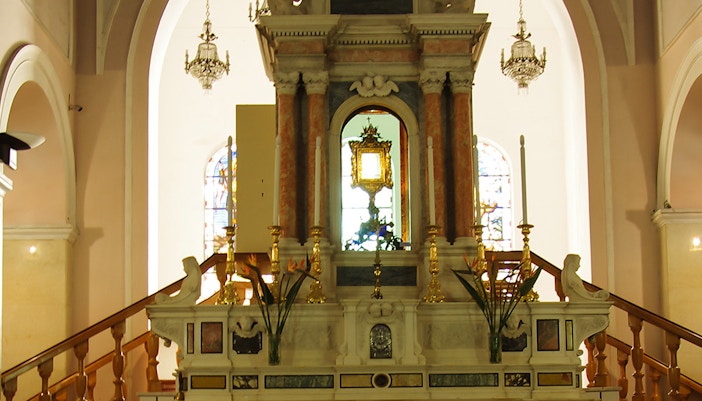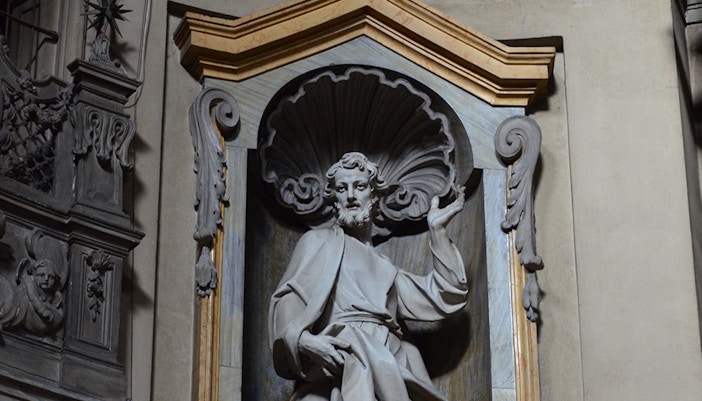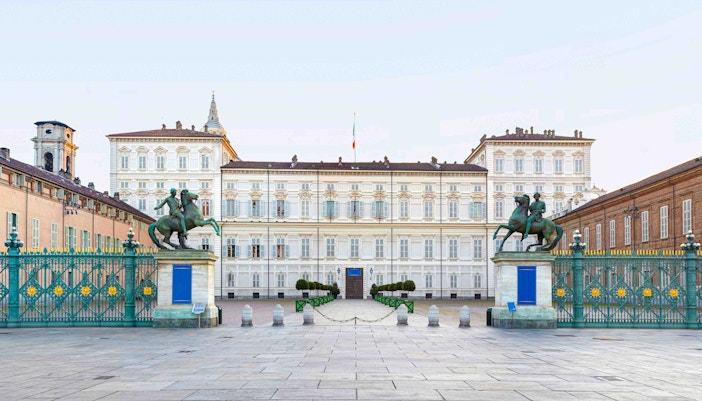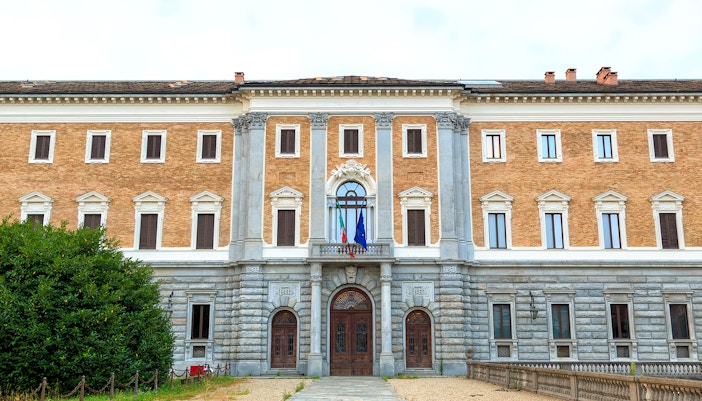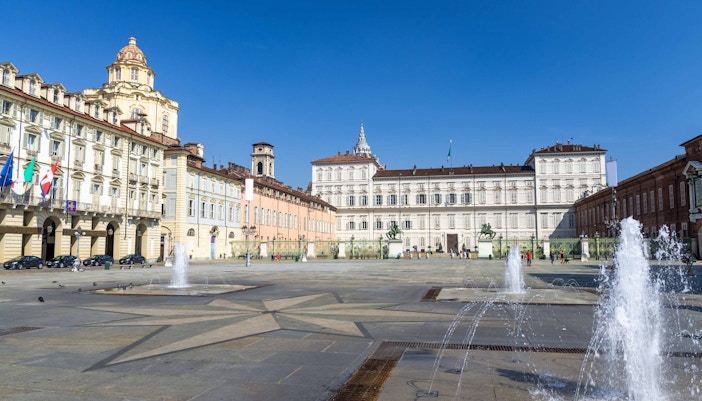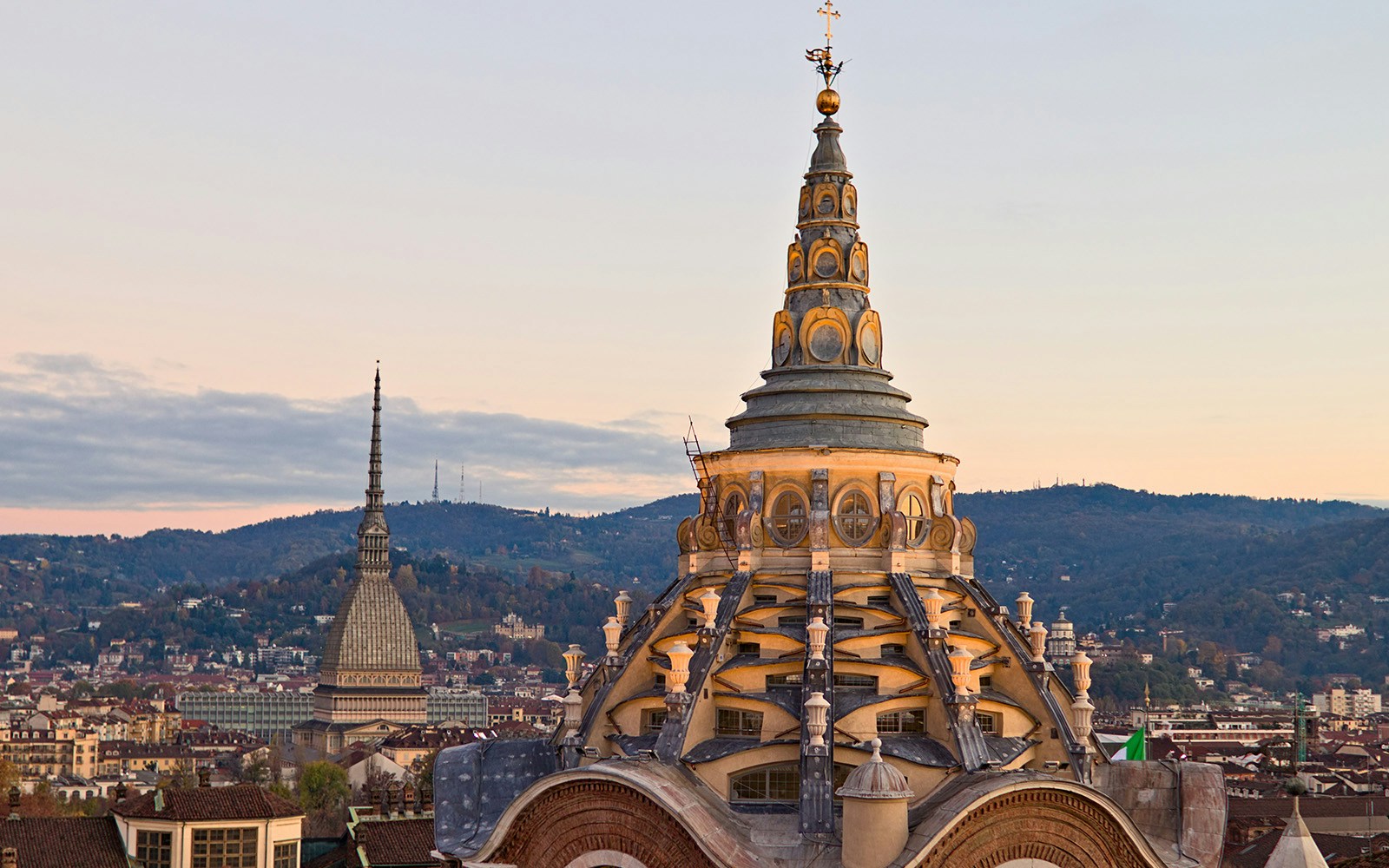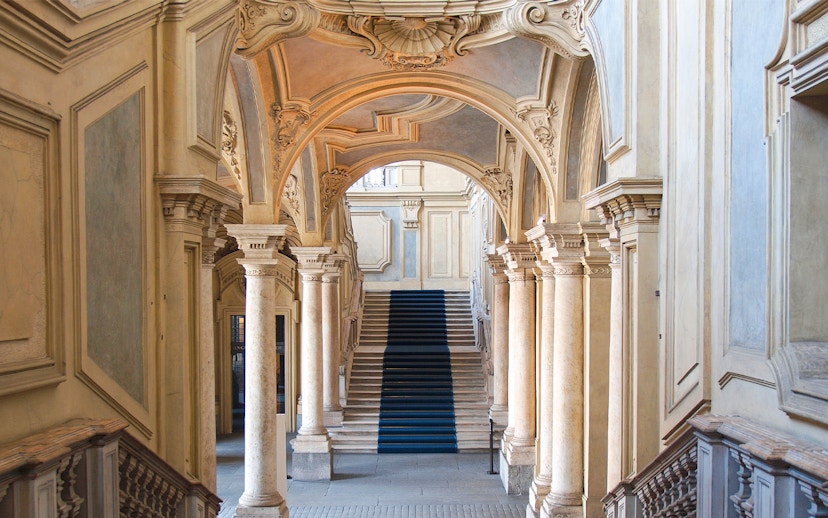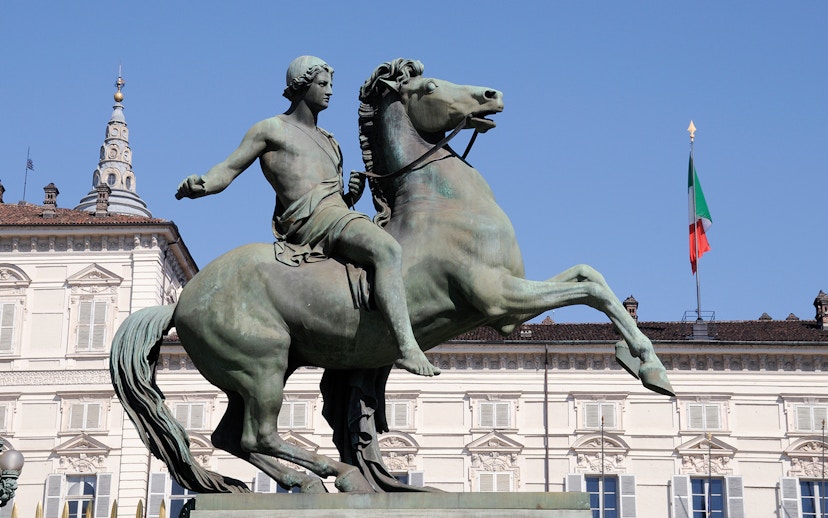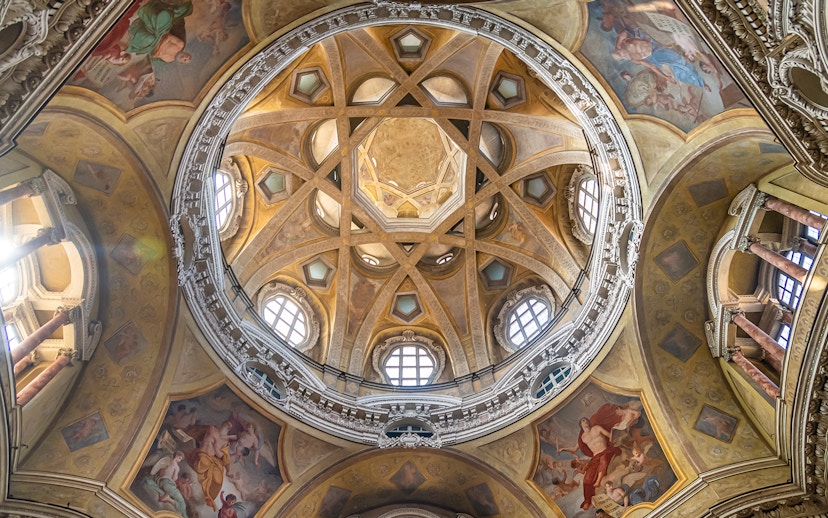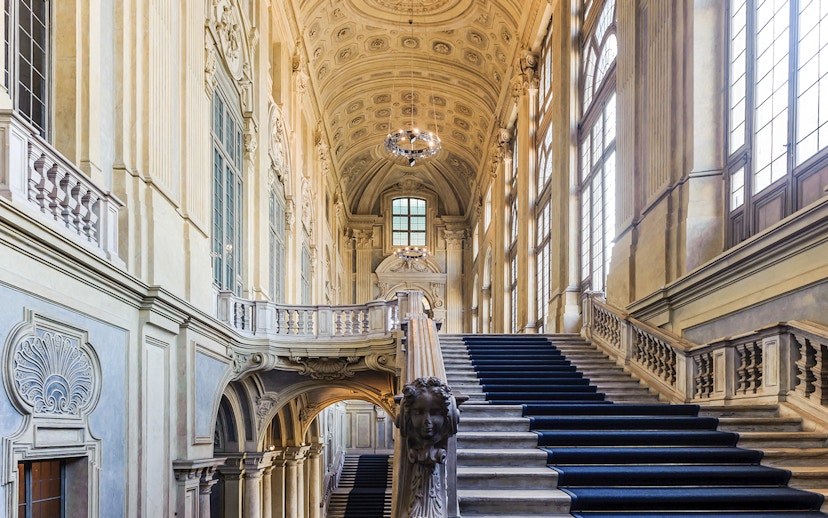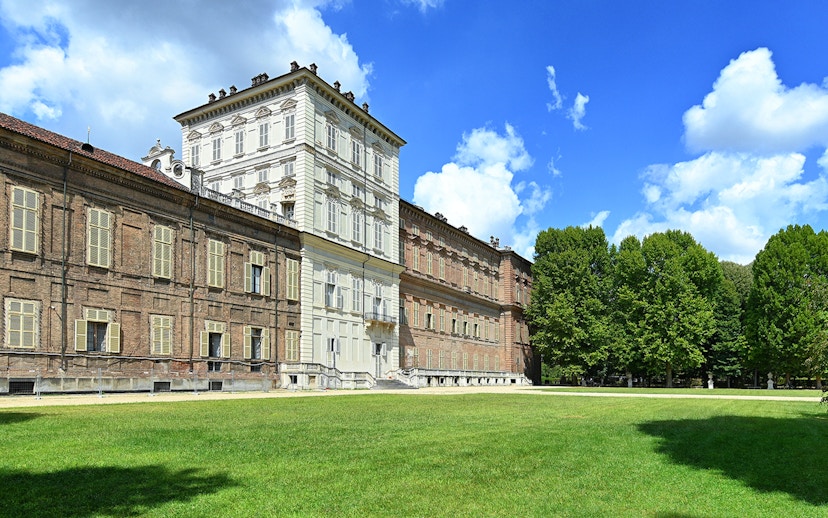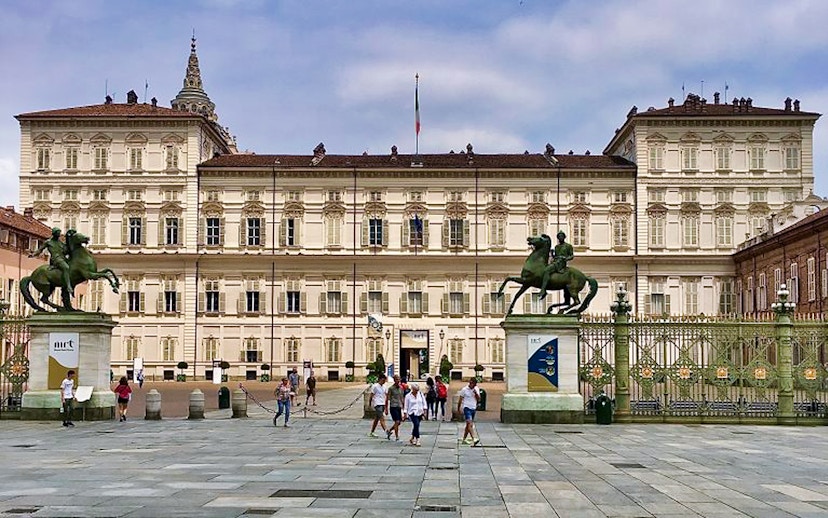History of The Chapel of the Holy Shroud In a Nutshell
Since 1515, Turin had been occupied by the French Armies. With the need to reassert the Savoy dynasty's political identical, the chapel was commissioned in 1610 by the Duke Charles Emmanuel I of Savoy to preserve the holy relic of the Shroud of Turin that had been with the family for centuries, in the hope that it would reignite the region's perception of the Dynasty's divine rule and authority. Work on the chapel ceased in 1624 when its foundations were laid, around the time when rampant poverty and the plague struck a blow to public morale. It was revived by Charles Emmanuel II in 1657. The chapel took close to 80 years to complete, with several interventions by various architects including Guarino Guarini who worked on its ethereal dome. In 1694 the Shroud was finally placed there. The Chapel was closed after a great fire in 1997 that destroyed much of the chapel. After 30 years of restoration, the Chapel was reopened in 2018.
